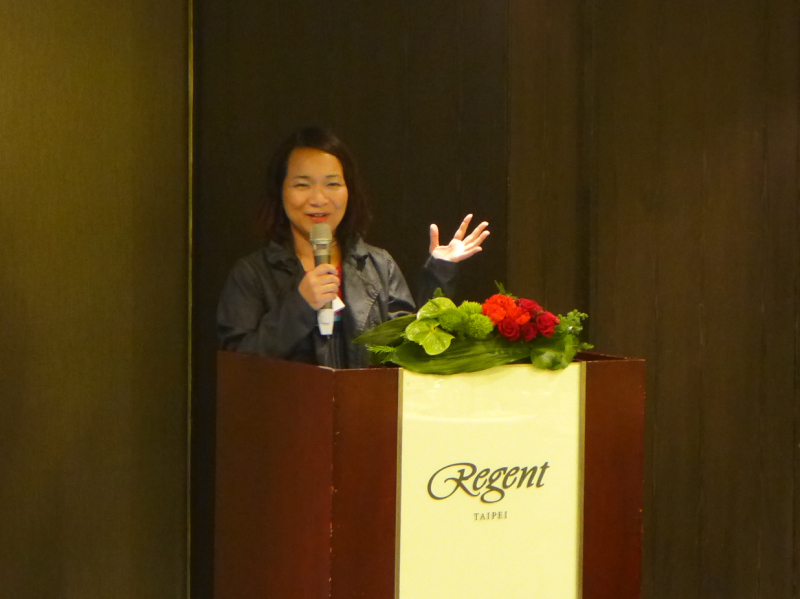Why you need mobile commerce to boost business

On 2 December the ECCT's Cosmetics committee hosted a lunch featuring guest speaker Josephine Cheng, Senior Director for Yahoo! Shopping Mall. Cheng spoke about trends in mobile commerce.
Mobile devices are ubiquitous, not just among the youth but given the ease of use of today's smart phones, tablets and hybrid phablets, even older people not familiar with technology are using them. This is leading more consumers to shop online. Mobile media is the only media segment that is still growing compared to mature media segments - TV, radio and print.
According to Cheng, 20% of internet traffic is now on mobile devices. Mobile commerce currently accounts for 20% of all e-commerce but this percentage is rising. However, the conversion rate (actual sales) resulting from internet traffic (the click through rate) is just 11%, about 60% of the conversion rate of e-commerce on other devices.
Mobile commerce increases in the evenings and on weekends but this does not mean users are actually out and about. According to Cheng, over 30% of mobile commerce is done by users at home and it is common for mobile phone users to view multiple screens simultaneously – ie by using their phones or tablets while the TV and computer are also on.
Mobile shoppers tend to be "stickier" compared to PC shoppers. According to statistics quoted by Cheng, gender stereotypes still apply when it comes to shopping. Men tend to be motivated by discounts while women are more inclined towards impulsive spending on items they find attractive. Yahoo! has devoted considerable efforts to studying female consumers under the age of 20 because, while they do not currently have much spending power, they represent the biggest potential consumer segment of the future. Thus, understanding what is attractive and what works for this demographic is very important.
While Apple dominated the market in the early years of connected devices, the number of devices using Android is growing faster and 74% of people accessing Yahoo!'s shopping site are using Android devices.
Cheng gave some tips on how to succeed in mobile commerce:
Do not wait to set up a platform and work constantly to improve the experience for users.
Details are important: Cheng believes a simple, flat design (with no shadowing effects) is the best because it allows the content to stand out.
Know the devices your users are working with and make sure your designs and interfaces look good and work on those devices. For example, designs need to be optimized for each device in terms of screen size, resolution etc. It is also important to conduct exhaustive tests to make sure things work properly.
Speed is very important because mobile users are impatient. According to Cheng, 74% of users will skip to another site if a particular page takes longer than five seconds to load.
Users need a simple "discovery path" (such as a "Next" or scroll function) to allow them to navigate easily.
Making images rather than text the focus pays. According to studies cited by Cheng, users would pay more for the same item when the image is larger.
Because it is more cumbersome to type words on a mobile phone than a PC, shopping online should involve far fewer steps and as little typing as possible.
